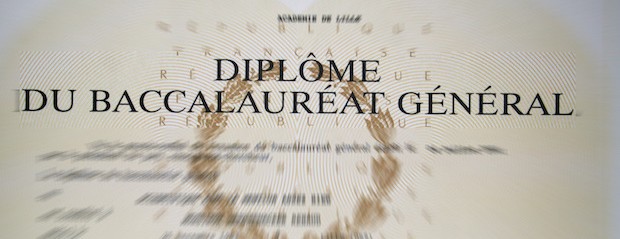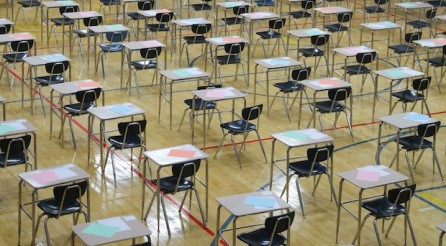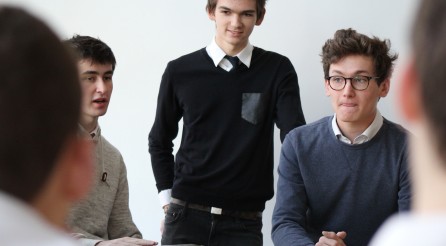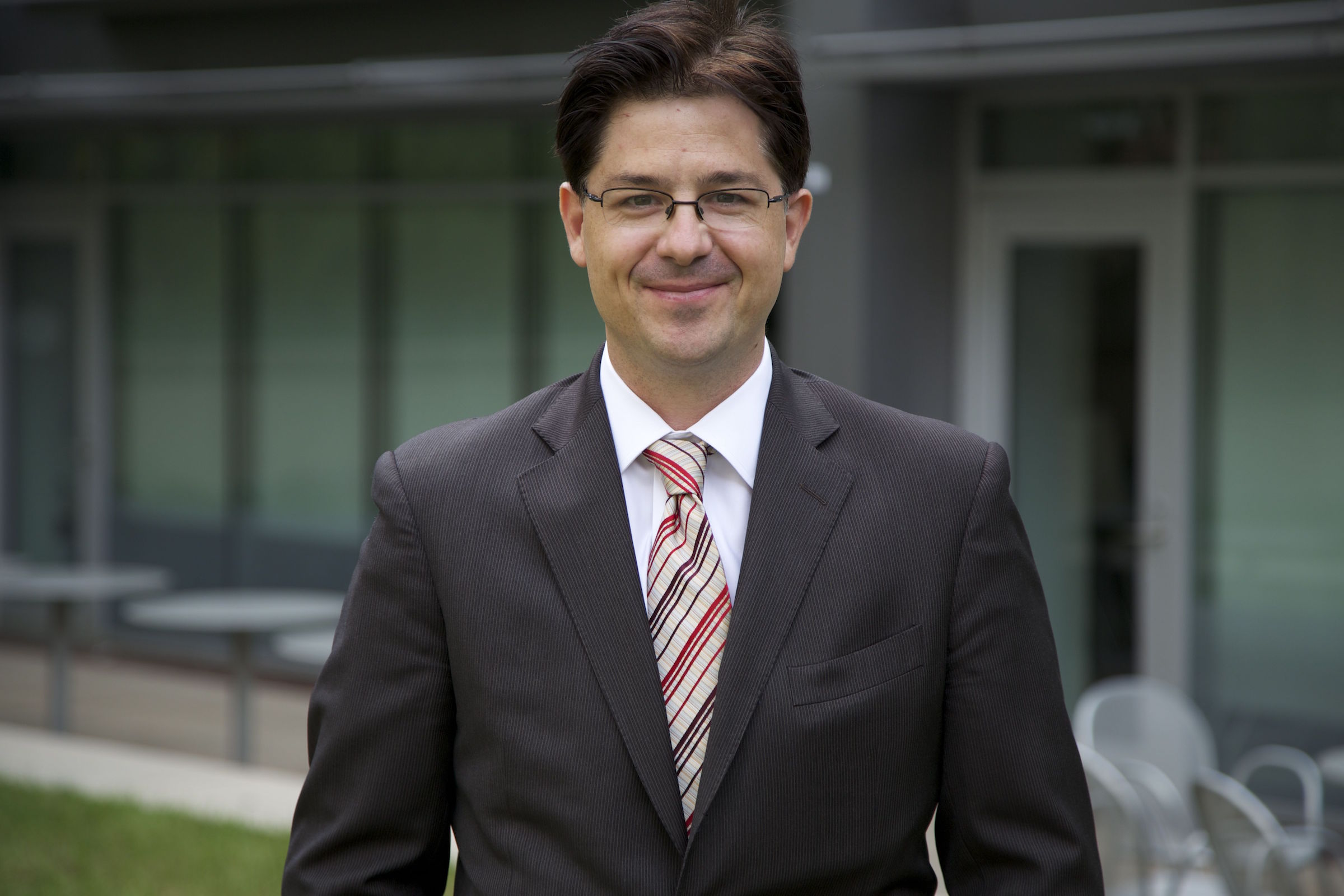Starting in eleventh grade, students at the Lycée Français de New York begin a course of study that follows a choice of baccalaureate versions and tracks: the Classic French Baccalaureate, the International Option of the French Baccalaureate (OIB), the Franco-American Baccalaureate (BFA). Each one includes three tracks: L (literature), ES (economics and social science) and S (science). With nine combinations possible, how best can students choose the right one for themselves?
History of Le Bac
Let’s start with the Classic French Baccalaureate exam. Created under Napoleon in 1808, the baccalaureate marks the passage into higher education for all students in France. It is considered a university exam, overseen by a jury of educators under the supervision of a university professor. In our context, the adjective “classic” means simply that the exam is like the standard baccalaureate exams taken across France. The students take the same test as do their peers in France at the end of eleventh and twelfth grade, with the same level of difficulty.
An emphasis on English Language with the OIB
The International Option of the French Baccalaureate (American Option), created in 1985, is a variation of the Classic Baccalaureate. It evaluates the level of mastery of English of students with an exam that combines the pedagogical approaches of the French and American educational traditions.
OIB baccalaureate candidates take specific English language-literature and history-geography tests. Exam content is developed in consultation with the Ministry of National Education in France and the College Board in the United States.
Every year, one of the LFNY gym is converted into a giant exam center for the Baccalaureate. The Lycée welcomes students who pass the “bac” from other French schools in the North East.
The OIB history-geography and the English tests are both written and oral with a higher co-efficient (weight) than the history-geography and English exams in the classic Baccalaureate.
Students who choose the OIB over the classic Bac exam will take a much larger portion of their classes in English with anglophone teachers, in addition to their English language and literature classes, with a subsequent higher weight. (For ES students from 8% to 39% when they move from a classic to an OIB program.)
Advanced Placement (AP) courses for the “BFAistes”
The last of the bacs offered at the Lycée is the Franco-American Baccalaureate. The BFA — a binational program similar to Franco-German (Abibac) bac or the Franco-Spanish (Bachibac) bac — was the subject of an agreement between the Ministry of National Education and the College Board. It was signed in September 2008 at the LFNY (!) in the presence Xavier Dracos, France’s Minister of National Education at the time.
Students who choose the BFA take three Advanced Placement (AP) courses in eleventh and twelfth grade. For those who may not be familiar with them, AP courses are college-level exams available in many schools across the U.S. The goal is to offer high-school students university-level courses in place of three subjects that would be found in a traditional bac-based curriculum.
For instance, a student following the Science BFA track would take over two years, AP European History, replacing the history-geography in OIB and the classic bac; AP English Literature in place of OIB or bac English literature class; and AP Biology in place of earth and life science classes.
The additional classes taken in English have a higher co-efficient than they would in a Classic Baccalaureate (from 13% to close to 40% in the BFA for the L (literature) track. This program allows a student to obtain a French baccalaureate while practicing a style of learning that is American and anticipates the courses of an American university. Interestingly, the exam not only validates native-level proficiency in the English language, but also bicultural skills.
Three eleventh graders met with their peers on March 23, 2015, during a tenth-grade advisory session to discuss Bac choices. Representing various tracks, the older students responded to many questions from their younger schoolmates (credits: J. Tasevoli).
All three French baccalaureate exams distinguish themselves from many other high-school certifications adopted by international schools, owing to the higher over all number of exams taken (about a dozen not counting options (elective subjects), its diversity (e.g. all students learn two foreign languages and also take philosophy) and also its demand on students, which is seen as highly rigorous. This Bac is widely known throughout American and Canadian universities that recruit students from international schools, and it continues to be considered of great prestige.
What is the best Bac?
The first criteria to consider is naturally, the proficiency level of the student’s English and French, and when he or she first entered a bilingual program. The Classic French Baccalaureate is almost always the first choice for students who have just arrived in the U.S. Students should note, however, that choosing the Classic bac doesn’t mean that American, Canadian or other anglophone universities are no a choice for college. These universities choose students who take this exam, and they are fully integrated into these programs.
What about the choice of OIB or BFA? Both programs support and promote the multilingual and bicultural aptitude of students, but the formats vary.
More oral sections in the OIB, an additional test at the end of eleventh and twelfth grade
The sheer number of oral exams in the OIB is greater than those in the BFA. At the same time, students in S-BFA and ES-BFA programs will have one additional exam to take at the end of eleventh grade (AP European History). However, they also have one fewer courses to take in twelfth grade, which frees up their schedules leaving extra time that is especially appreciated during university application time.
Course choices vary across all three bacs. For example, in the ES subject, the students of Classic Baccalaureate and the OIB take the same economics and social science curriculum, an excellent program that incorporates both sociology and economics. Their classmates from BFA, however, take two AP economics courses (micro and macro), but they also get the advantage of studying econometrics.
A choice that depends on aptitudes and interests of students
To answer a popular question, there’s no “best” bac, or a track that best helps a student get into the best universities. However, the many paths offered should correspond to qualities, aptitudes, and above all, to the interests and passions of our students.
Our school team and especially our teachers are there to help our students make their choices. The remarkable results of our students tells us of this success. The baccalaureate provides outstanding training courses and is a great asset in our student’s university applications all around the world.
About the Author :
Originally from Alsace, Nicolas L’Hotellier has been the Assistant Head of School at the Lycée since 2009. After obtaining a master’s degree in mathematics and a teaching diploma, he taught for five years in France and then served as Assistant Principal in a collège and a lycée. In 2008, he obtained a master’s in management specializing in the administration of public educational organizations. He likes to foster students’ curiosity and encourages respect for others in all students. Nicolas is married and the father of two boys.




